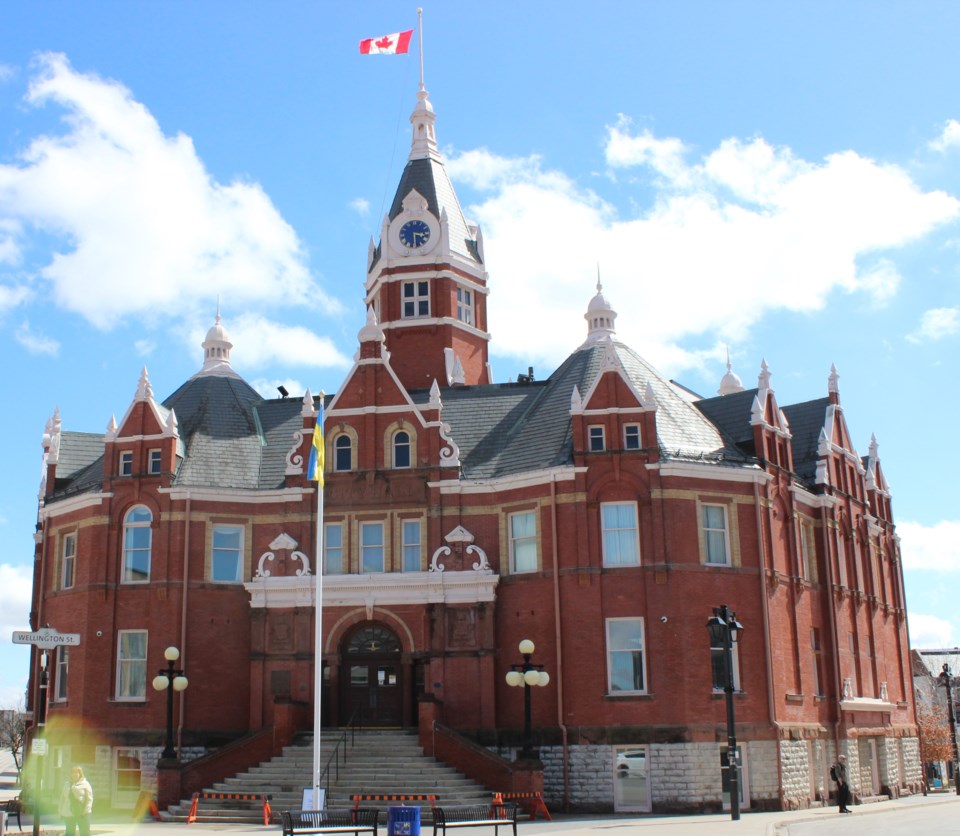The Festival City is not lacking in arts and culture.
Nevertheless, a new cultural plan has been created in hopes that it can shape the future of culture in Stratford.
Mayor Martin Ritsma told StratfordToday why such a plan is vital and why support is needed.
“I think people's vision of culture...it's like the horse that's going down the road with blinders. It doesn't want to be distracted by things going on to its right or left. But we can't have blinders on. When we're talking culture, all things need to be brought to the table.”
Ritsma said Stratford has a lot of culture for a city of around 30,000 people. But, he reasoned, when people tend to think of culture in Stratford they think of the famous Stratford Festival.
“We forget that the culture of a community is far more than that,” Ritsma said. “We need to embrace all levels – all levels – of culture.”
The Stratford Festival can bring in nearly half a million visitors each year, generating $140 million in economic activity for the city. It's estimated that around $55 million in taxes is netted for all three levels of government.
That economic and social benefit is vital but the newly completed cultural plan will tap into other, perhaps overlooked aspects.
“What are we doing in our community to provide cultural experiences and cultural locations for newcomers?” Ritsma asked. “And beyond the newcomers, what are we doing in our community to invite people into spaces that they don't have to be of a certain socio-economic class to get in?”
Ritsma said the local government must what it can so that all of Stratford’s residents can be reflected by what’s happening in the city.
The Stratford Municipal Cultural Plan was developed by a partnership between the City of Stratford staff, a steering committee, and STEPS Public Art, a consultation team. Its vision of Stratford is one that celebrates diversity and heritage.
“Stratford is a year-round cultural city cherished by residents and visitors alike,” reads the vision statement of the plan. “Where cultural offerings celebrate diversity and inclusion and reflect the city’s unique community values and heritage.”
The discovery phase of the plan last year saw over 300 conversations held across numerous sectors and using multiple engagement strategies, including interviews, surveys, and focus groups.
Culture in Stratford was described by stakeholders, with a few key elements such as traditional creative industries like theatre, music, and art, the built and natural environment, the culinary arts, the historic industries of manufacturing and agriculture, diverse people, unique organizations, and grassroots events.
Over 300 cultural resources were identified as part of this consultation.
There are four priorities listed in the plan: strive for creativity and innovation, celebrate diversity, and support inclusion, instill community pride through the promotion of a shared, authentic identity, and further truth and reconciliation.
Using these priorities, the plan outlines 15 goals, 44 recommendations, and 128 potential actions.
Stratagems are to be implemented in the next five years.
Many of the goals intersect with other projects the city has interest in, such as affordable housing. One of the recommendations to achieve this goal is to support livelihoods of artists through affordable housing.
The plan includes being a non-seasonal cultural destination.
Since the beginning of the pandemic there has been an effort to increase the city’s year-round cultural relevance.
Ritsma went on to say that the plan will result in real investment from the city.
“It's one thing to say that, ‘yes, we value it.’ But, and I said this in my inaugural address, you can have a vision, but your budget, what you put in your budget line truly reflects what you value in your community.”
City council has already made some investment. In an earlier city council meeting, the plan was presented to council, and they voted to hire a consultant to implement the recommendations. Ritsma said there are plenty of steps ahead.
“I think council’s going to have to do some discussion with this … We had an excellent report. Now the next step is working with our community services department, Tim Wolfe, and then bringing back some recommendations, some action items.
“How do you eat an elephant, you know? One bite at a time.”



